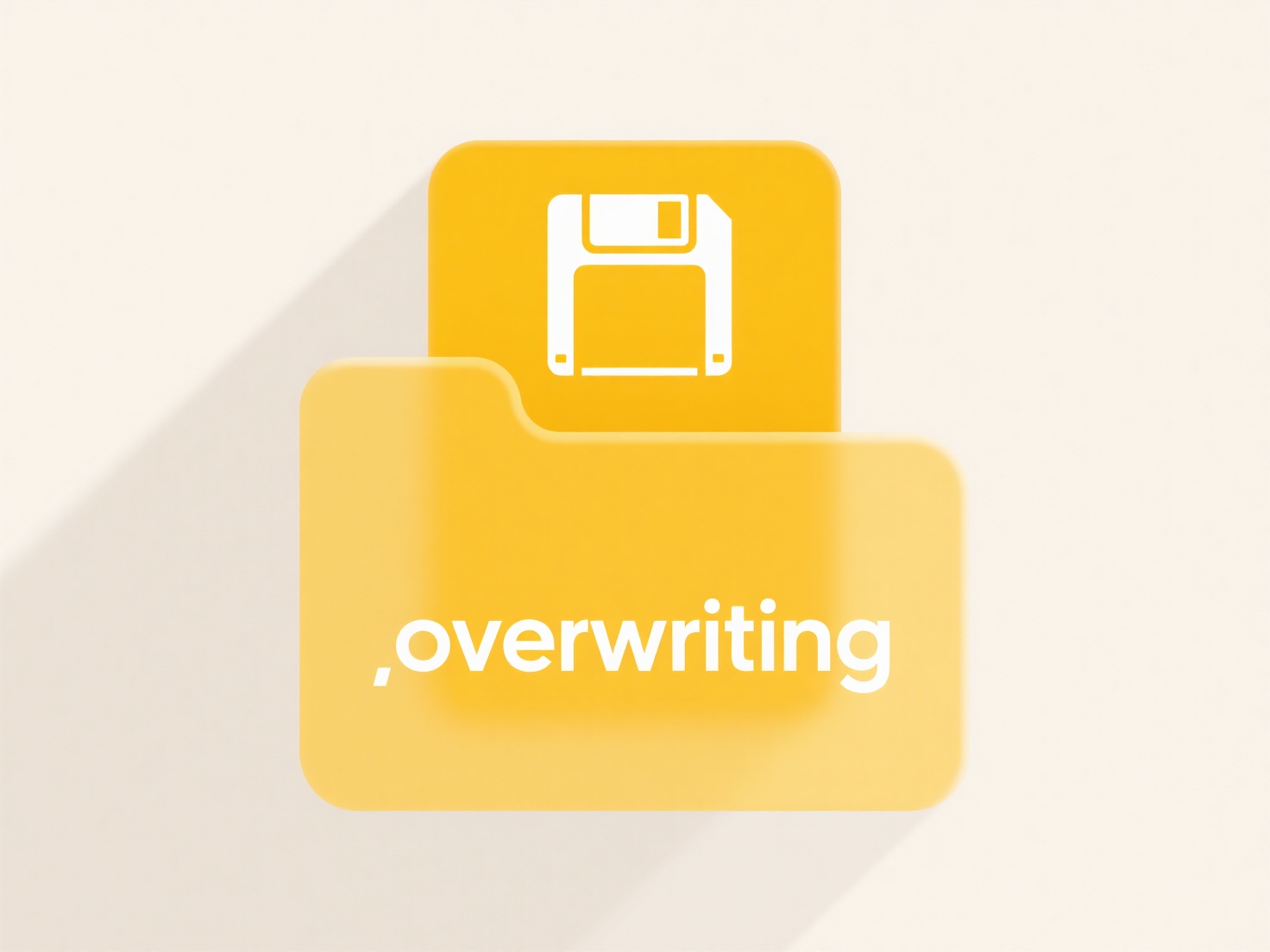
A .rar file is a compressed archive format, similar to a digital suitcase that bundles multiple files together while reducing their overall size. Created by RARlab, it uses proprietary compression algorithms that often achieve better space savings than common .zip files but require specific extraction software. Unlike operating systems' native support for .zip files, you cannot open a .rar archive without installing a dedicated program capable of handling its unique encoding.
Common tools for opening .rar files include WinRAR (Windows/macOS/Linux), which offers a free trial, and free alternatives like the widely-used 7-Zip (Windows). PeaZip (cross-platform) and The Unarchiver (macOS) are also popular choices. Users frequently encounter .rar files when downloading software bundles, large media collections shared online, or datasets from technical communities and file-sharing platforms.

The primary advantage of .rar is its efficient compression, particularly for large files. However, its proprietary nature is a significant limitation, as it relies on users installing specific tools instead of enjoying universal OS support. WinRAR itself is paid software after the trial period, though RARlab permits individual users to evaluate it indefinitely for .rar extraction. Thankfully, robust free alternatives like 7-Zip eliminate cost barriers, ensuring accessibility despite the format's licensing constraints.
What program do I need to open a .rar file?
A .rar file is a compressed archive format, similar to a digital suitcase that bundles multiple files together while reducing their overall size. Created by RARlab, it uses proprietary compression algorithms that often achieve better space savings than common .zip files but require specific extraction software. Unlike operating systems' native support for .zip files, you cannot open a .rar archive without installing a dedicated program capable of handling its unique encoding.
Common tools for opening .rar files include WinRAR (Windows/macOS/Linux), which offers a free trial, and free alternatives like the widely-used 7-Zip (Windows). PeaZip (cross-platform) and The Unarchiver (macOS) are also popular choices. Users frequently encounter .rar files when downloading software bundles, large media collections shared online, or datasets from technical communities and file-sharing platforms.

The primary advantage of .rar is its efficient compression, particularly for large files. However, its proprietary nature is a significant limitation, as it relies on users installing specific tools instead of enjoying universal OS support. WinRAR itself is paid software after the trial period, though RARlab permits individual users to evaluate it indefinitely for .rar extraction. Thankfully, robust free alternatives like 7-Zip eliminate cost barriers, ensuring accessibility despite the format's licensing constraints.
Quick Article Links
Can I append text to file names in bulk?
Bulk appending adds specified text to the end of multiple file names simultaneously. Instead of manually renaming each f...
Why do my teammates see different versions of the same file?
Teammates often see different versions of a file primarily due to a lack of real-time synchronization and concurrent edi...
What is the difference between “Save” and “Save As”?
Save updates the current file you are working on with your latest changes. It writes over the existing version using the...